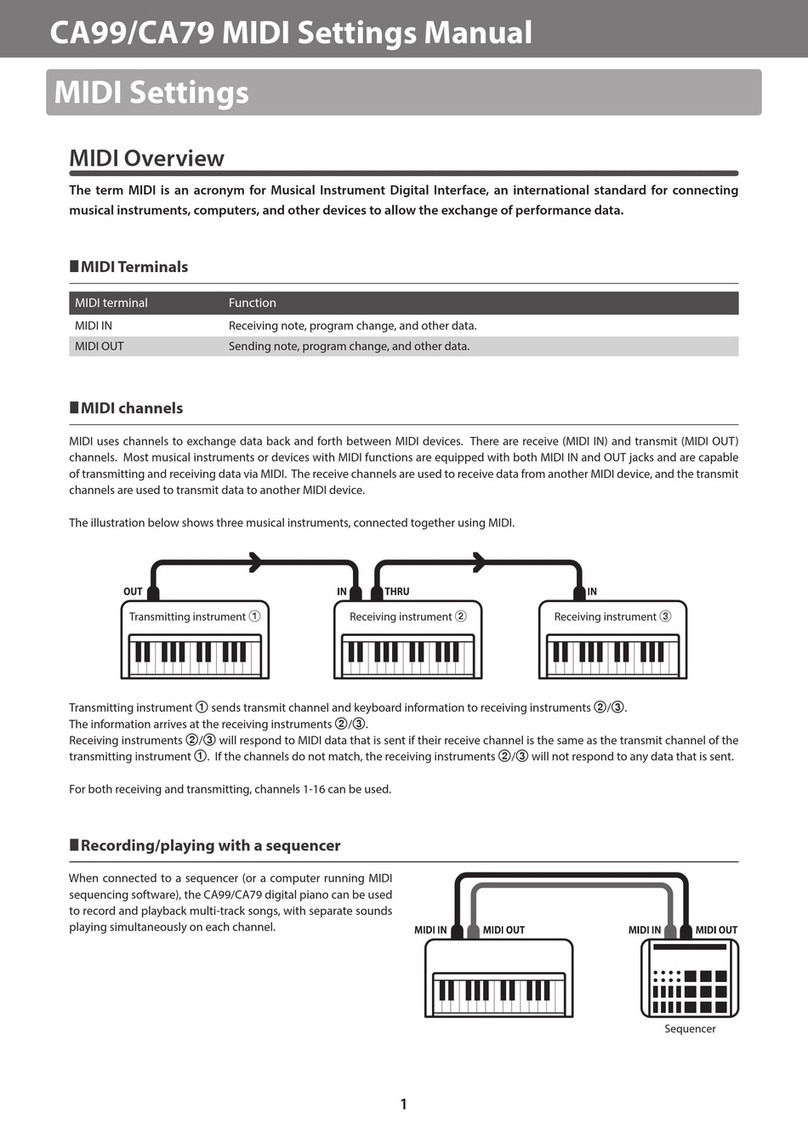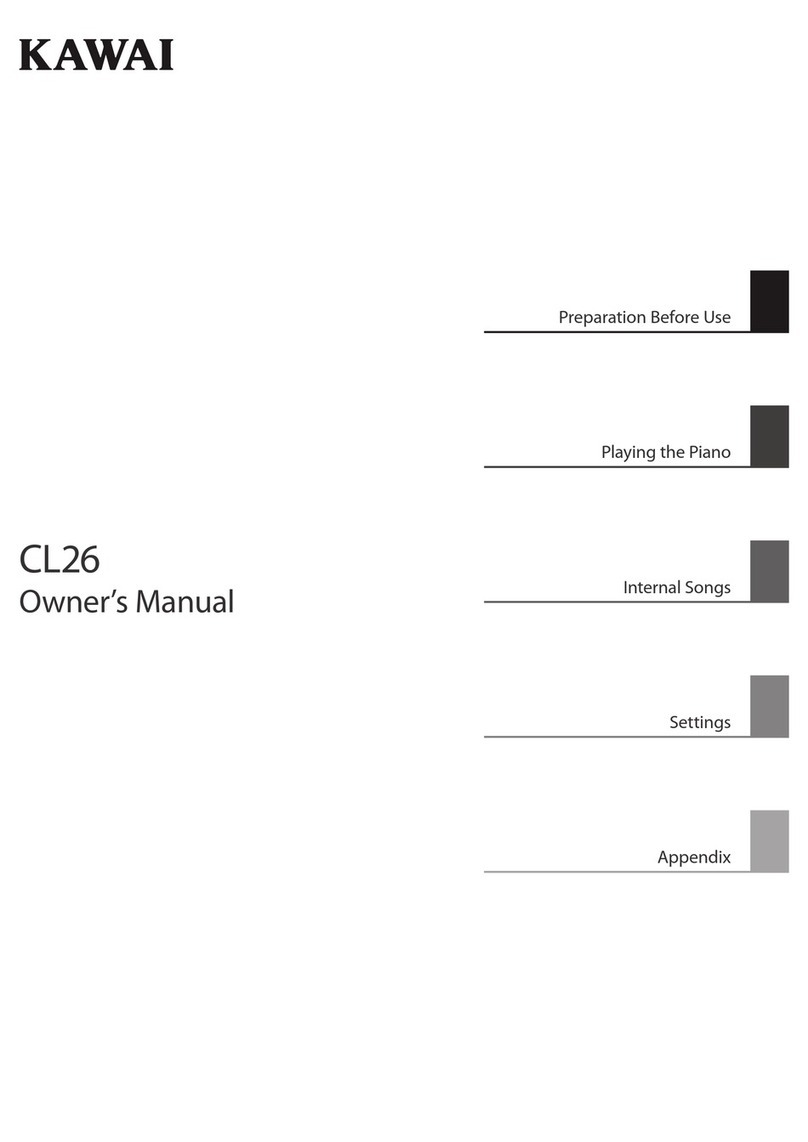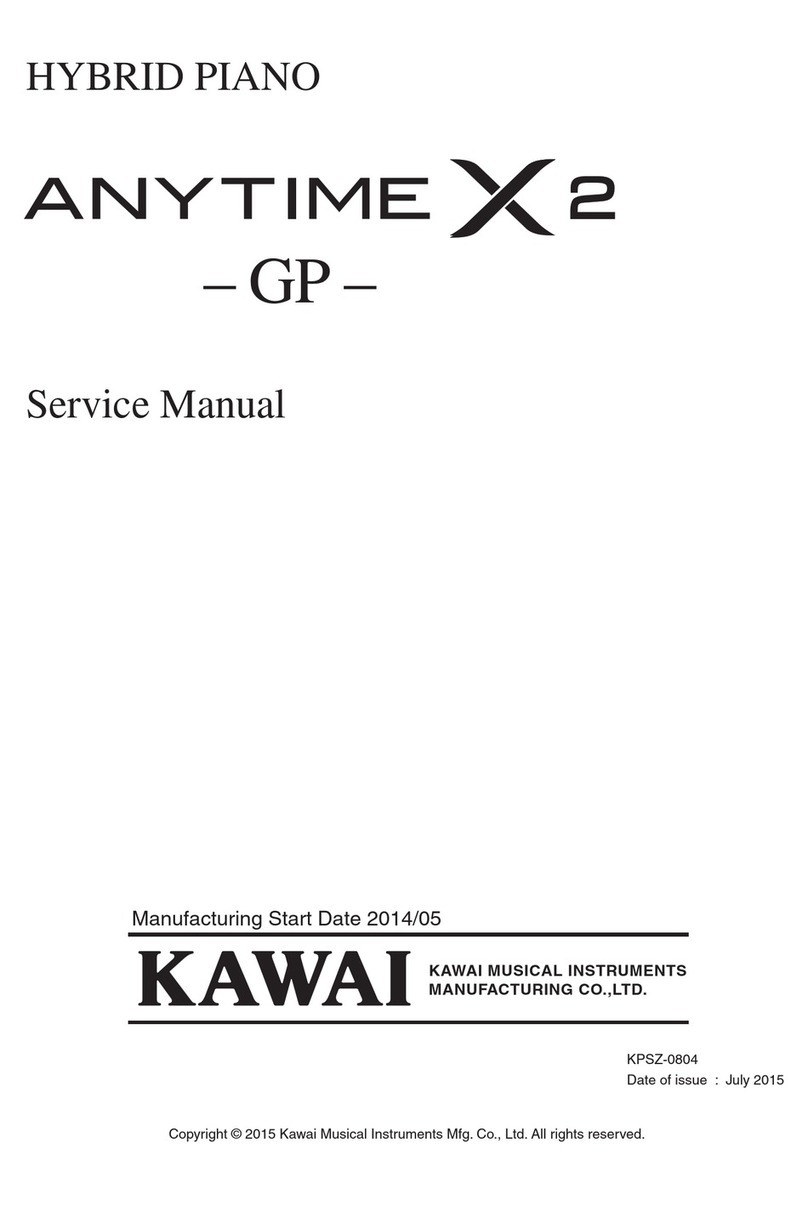Kawai Digital Electronic Organs SR50 User manual
Other Kawai Musical Instrument manuals

Kawai
Kawai Concert Artist Classic series CS3 User manual

Kawai
Kawai Digital Piano CA750 User manual
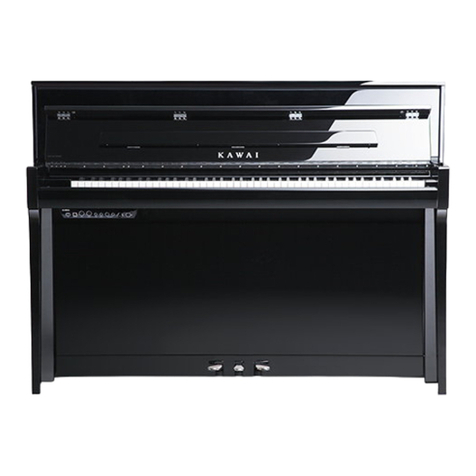
Kawai
Kawai NV5 Technical manual

Kawai
Kawai K-500 Aures User manual
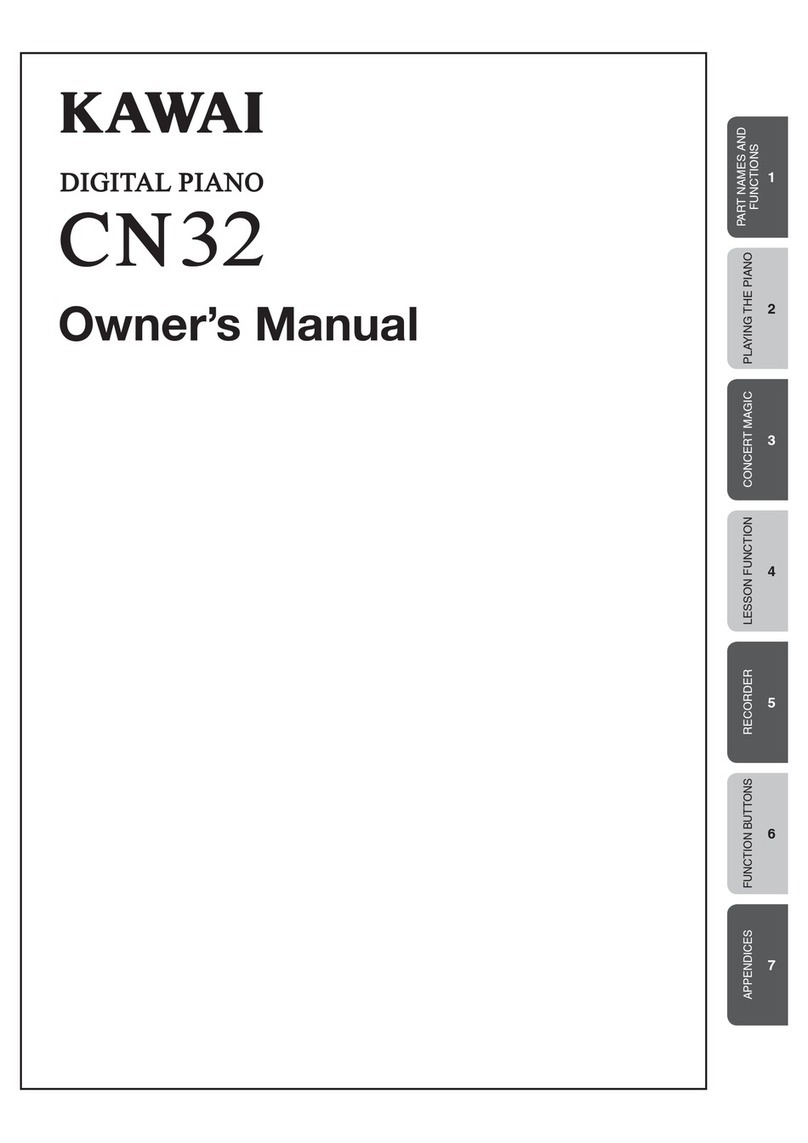
Kawai
Kawai CN32 User manual
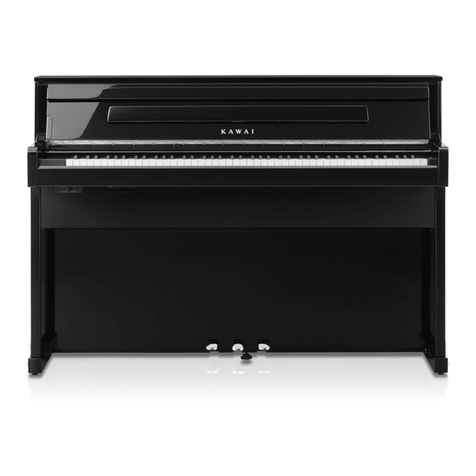
Kawai
Kawai CA901 User manual

Kawai
Kawai KX1000 User manual

Kawai
Kawai Digital Piano PN100 User manual
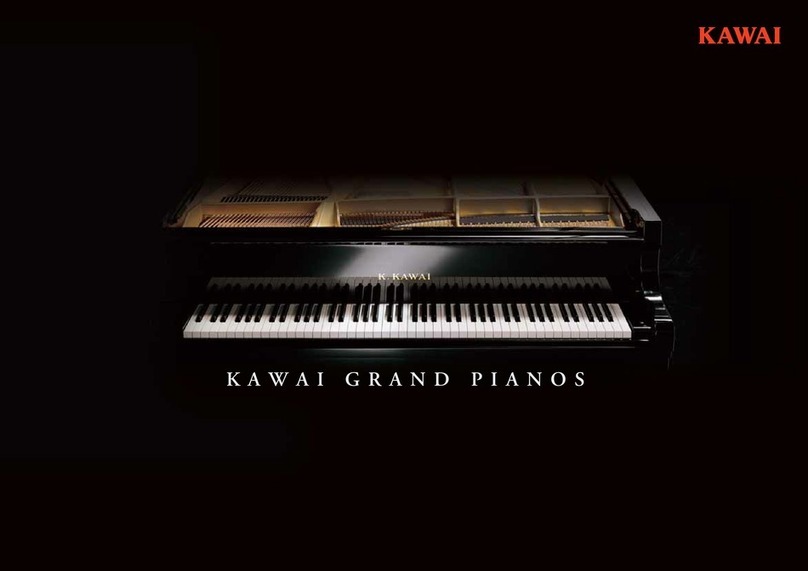
Kawai
Kawai EX User manual
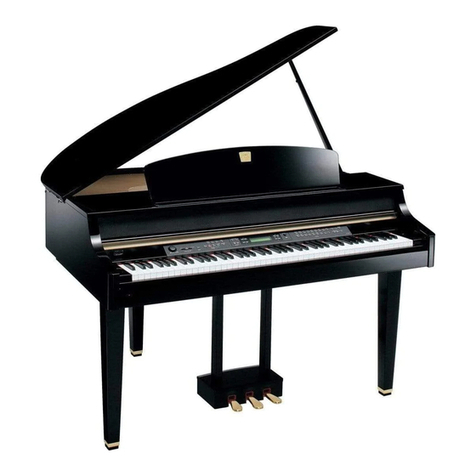
Kawai
Kawai CP 209 User manual
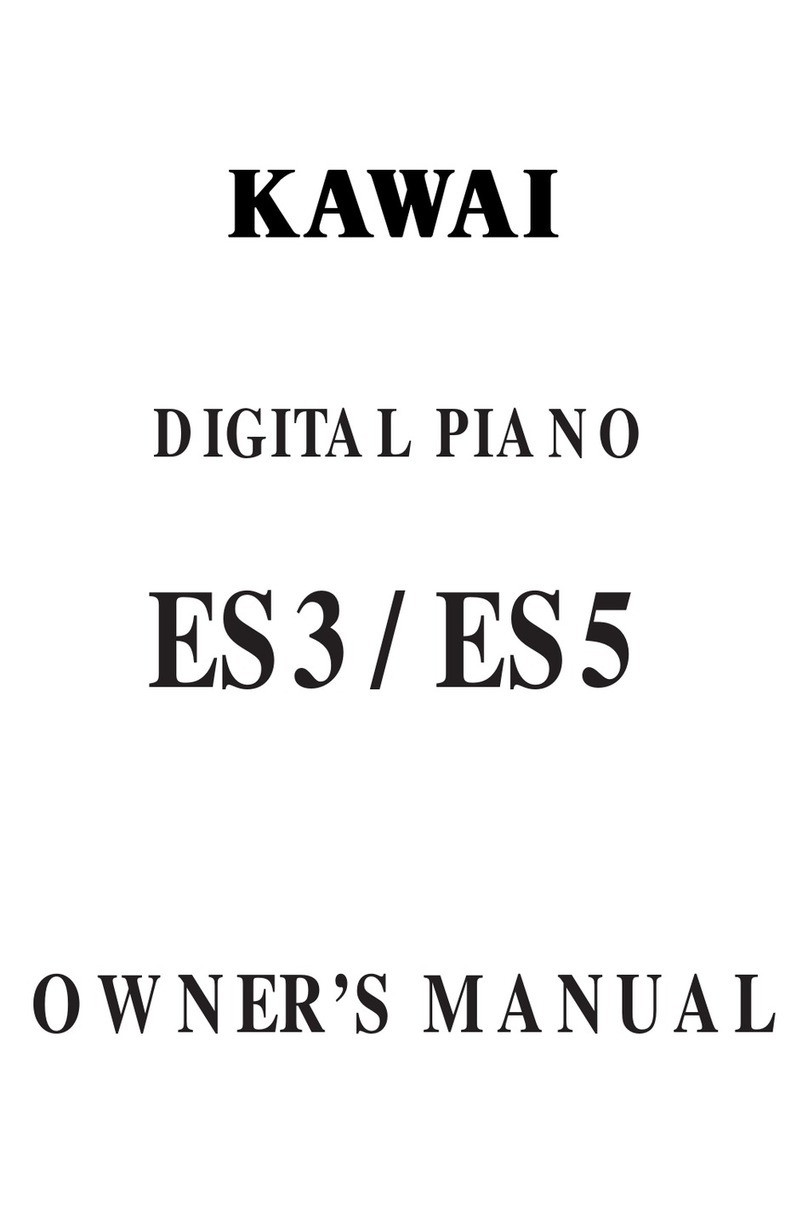
Kawai
Kawai ES3 User manual
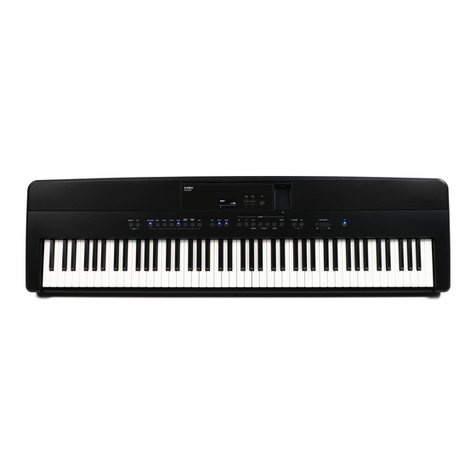
Kawai
Kawai ES520 Manual
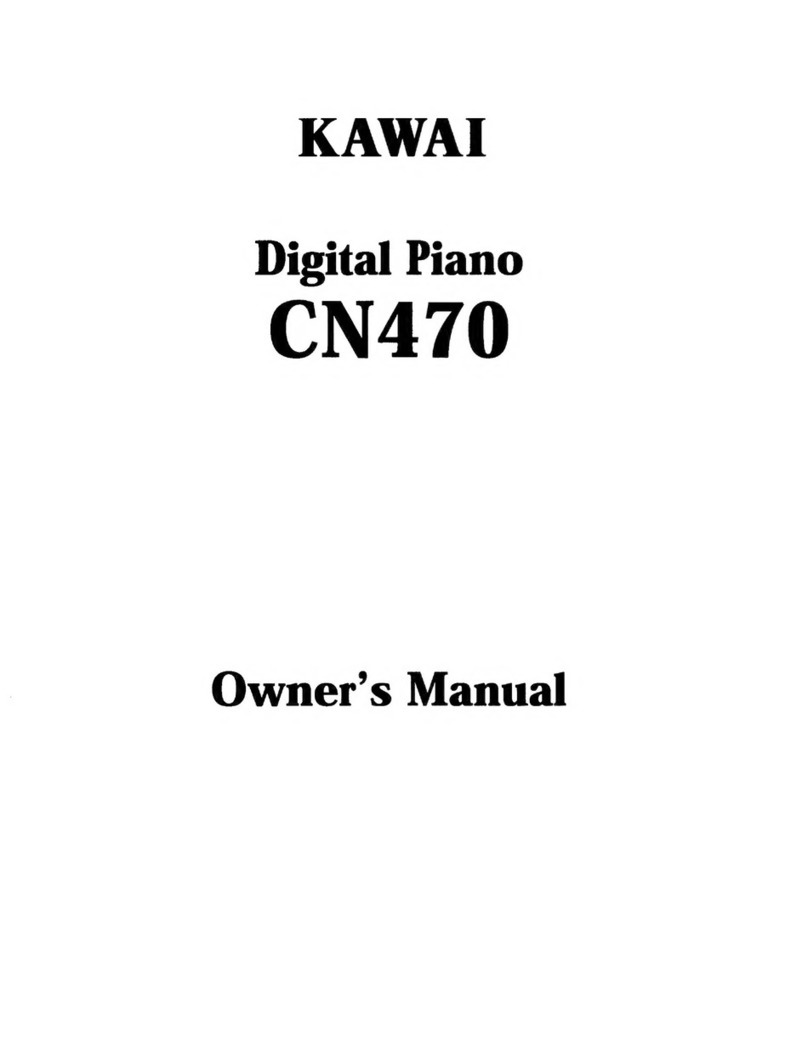
Kawai
Kawai CN470 User manual
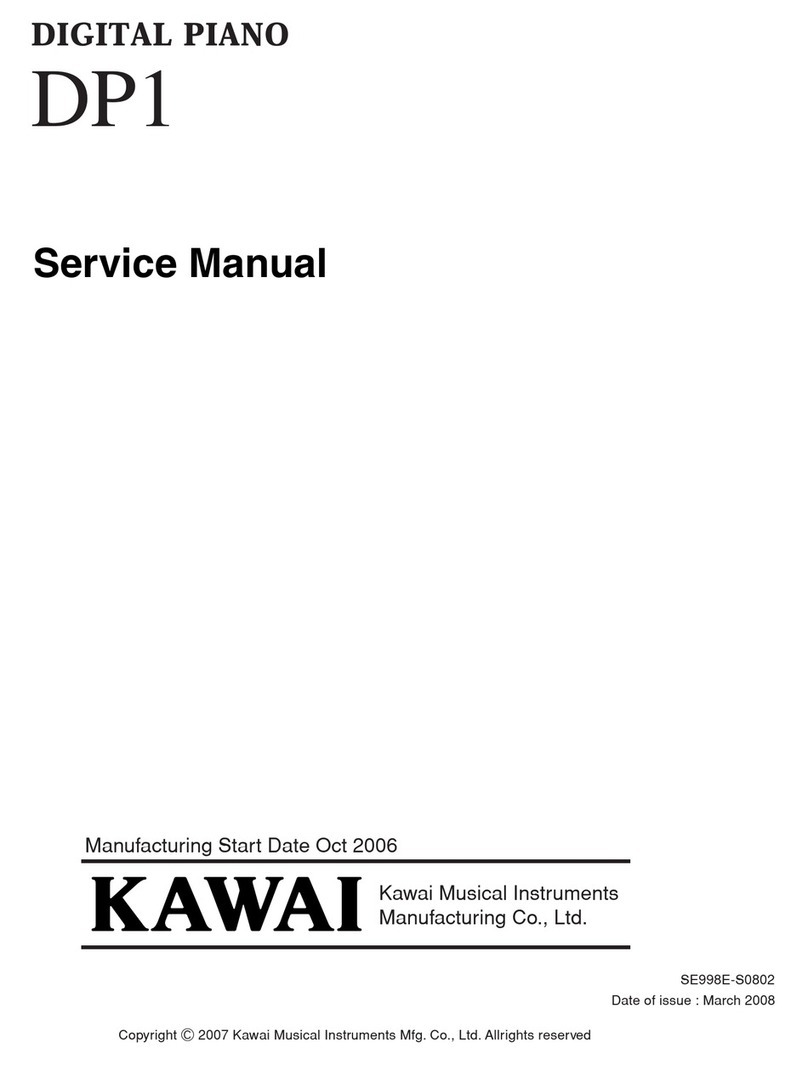
Kawai
Kawai DP1 User manual
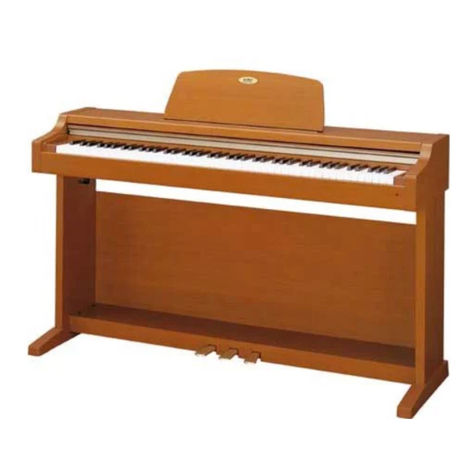
Kawai
Kawai Digital Piano CN21 User manual
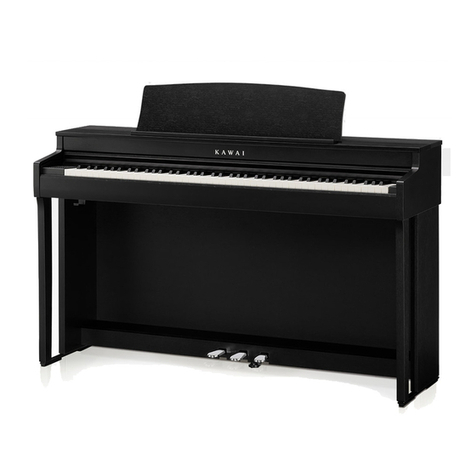
Kawai
Kawai CN301 User manual

Kawai
Kawai Concert Artist CA95 User manual

Kawai
Kawai ES4 User manual

Kawai
Kawai Concert Artis CA61 User manual
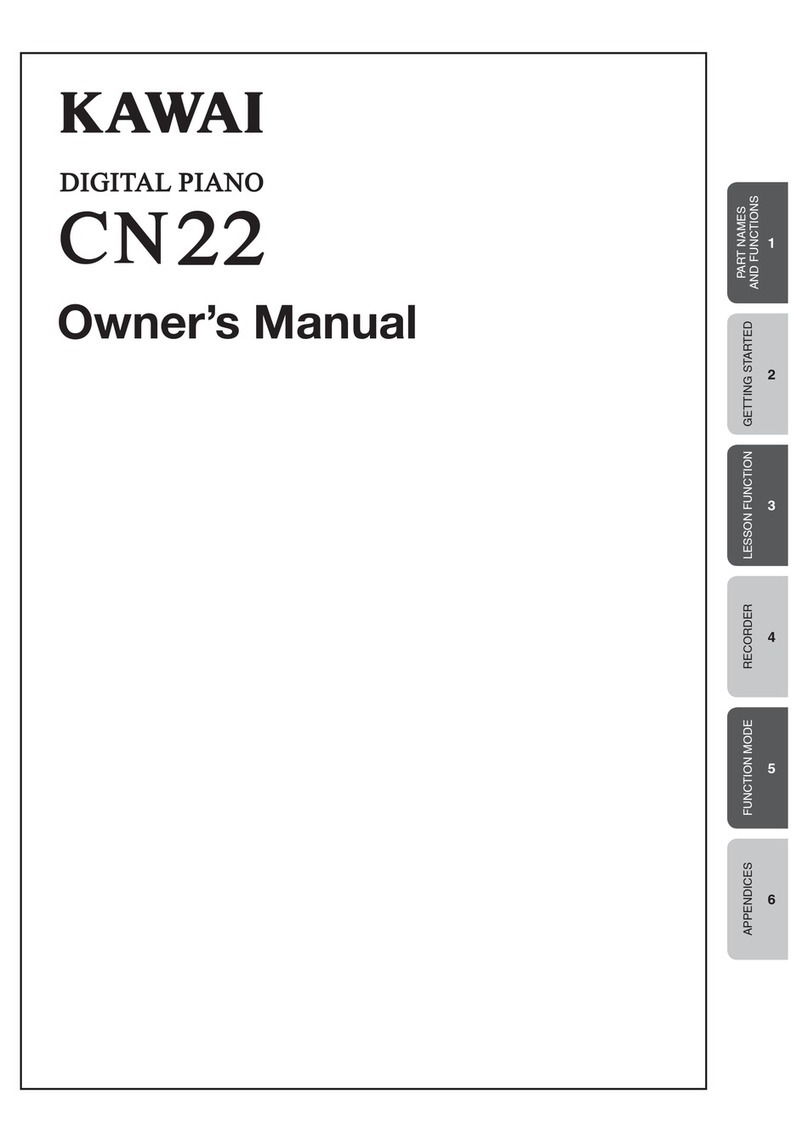
Kawai
Kawai CN22 User manual
